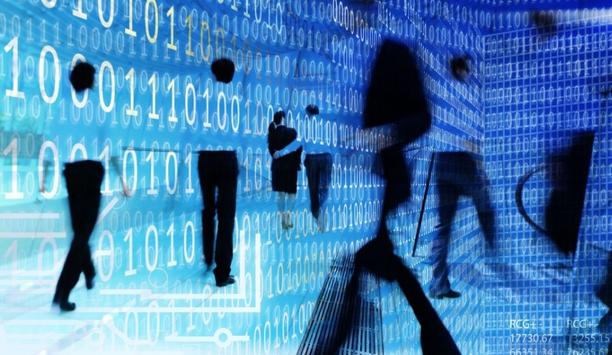When it comes to the application of CCTV it is vital that the privacy of individuals is respected, a fact reflected in legislation and the setting-up of bodies such as the UK's Information Commissioner's Office which recently called for a debate on the 'surveillance society'. With this in mind I am pleased to report that the technical committee - TC/10 - of the BSIA's CCTV Section has created a best practice guide that focuses specifically on Privacy Masking. This addresses the need to restrict what can be viewed and applies equally to images displayed in real time for surveillance purposes and images recorded for later use.
As the guide relates, one approach to Privacy Masking is through the positioning of cameras. Where this is not possible - and the camera's view still infringes a private area - then in the UK either written permission from the person who owns or resides in the space should be obtained, or physical or electronic image masking needs to be employed. When it comes to external CCTV, physical barriers such as walls, embankments or trees and vegetation, in combination with camera positioning can be used to mask the views of private areas, remembering of course that the coverage provided by vegetation may vary over time.
Looking at electronic masking, typically this takes place in or close to the camera but can also be within the recording device; allowing authorised users' access to the masked part of the image. Masks commonly referred to as ‘zones' may be applied in a number of ways. They can appear as areas of solid, uniform colour so that no detail or movement in the scene is apparent or as blurring or pixilation of the image to allow movement, but no fine detail, so targets can still be tracked or incidents detected. Masks may also be used that engage only when the camera zooms in on an area, using the diminutive size of an object when far away to conceal detail. With controllable cameras there is a need to dynamically adjust the size and position of the zone in accordance with pan, tilt and zoom. It is also vital that the integrity of the privacy masking system is maintained, with its configuration protected to prevent settings being altered, bypassed or overridden by unauthorized persons.
The full CCTV Privacy Masking Guidelines from the BSIA are available to download at www.bsia.co.uk/download.html.
















